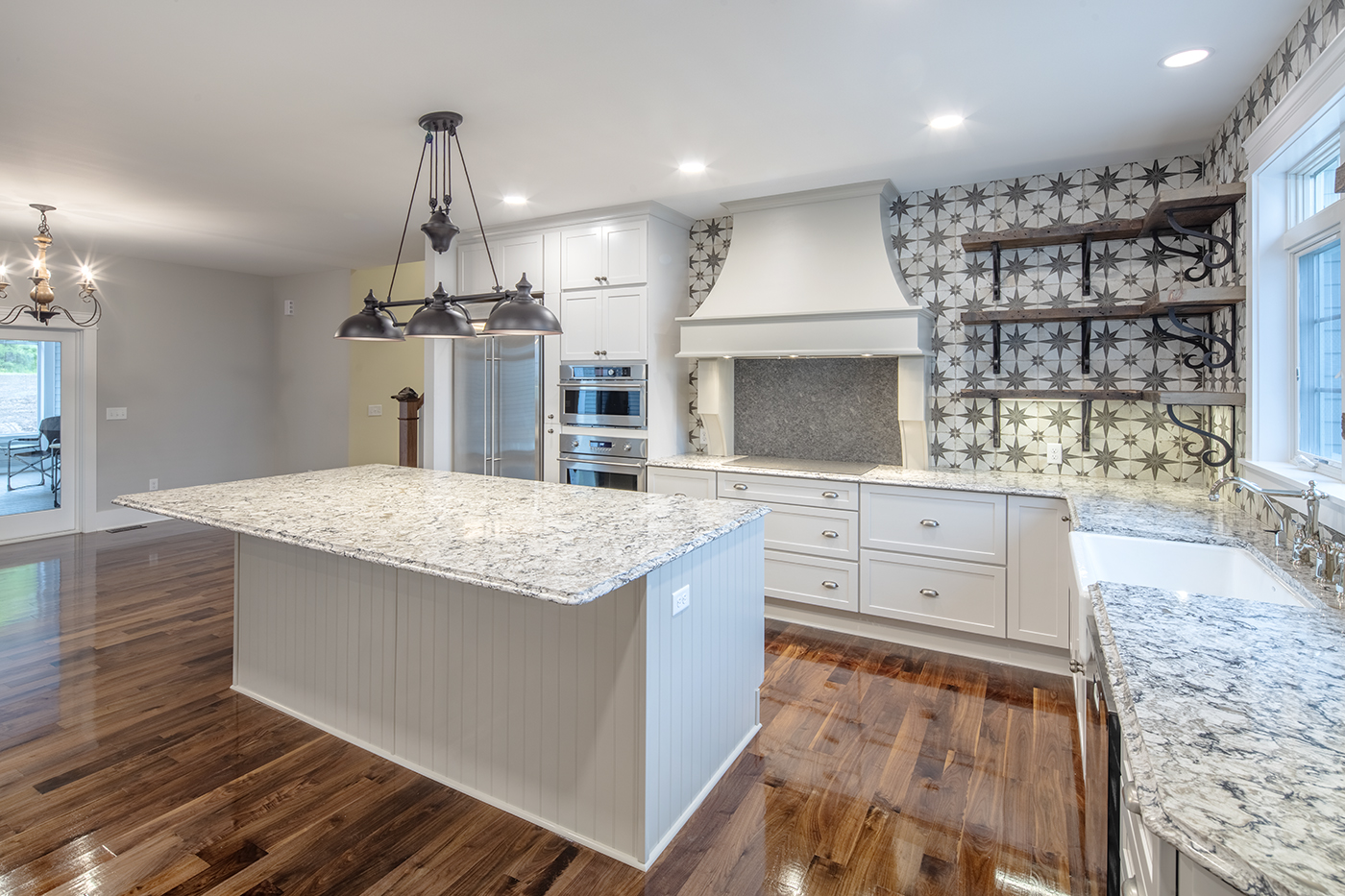If you’re thinking about remodeling your kitchen, you’ve probably started gathering ideas and advice. It’s fun to look at “before” and “after” kitchen photos but have you considered what steps lead to the final outcome? Kitchen remodeling projects take time to plan and can range from $15,000 to more than $100,000 depending on the scope of the project. So, where do you begin?
Establish Priorities
1) Identify primary objectives by answering the following questions:
- What are your plans for your home?
- Is resale value important to you or are you planning to live in the home for a very long time?
- What do you like most about your current kitchen?
- What do you like least about the kitchen?
- How many people will use the kitchen on a daily basis?
- What activities will occur in the kitchen – preparing meals, dining, homework, feeding pets, home office functions, other?
- Does anyone in the household have special needs such as young children, a person with a disability, older adults?
- Do you enjoy entertaining?
- What do you want to change the most?
2) Identify remodeling objectives by answering these questions:
- Is there adequate floor space in the kitchen?
- Do you like the present layout?
- Will you need to change the floor plan?
- Is there adequate storage?
- Will you need new mechanicals (i.e. electrical wiring and plumbing for appliances, lighting and fixtures)?
- Do you want to integrate the kitchen with adjacent rooms?
- Does the style of the kitchen fit with the other rooms of your home?
3) Identify “needs” and “wants”
“Needs” are the items that are essential to meeting your objectives. “Wants” are items you’d like to include in your kitchen remodel but are optional. Knowing what is important to you can help you save money over the course of the project.
Establish a Budget
1) Consider your home’s value
Home value can be characterized in two ways, intrinsic value and resale value. It is hard to put a dollar value on a home where you have raised a family. Your home may be in a neighborhood where you have close friends and located near schools, churches, recreational facilities, services and shopping. Many homeowners remodel simply because they want to enjoy their home more.
If you plan to live in your home for another five years or more, it may make sense to spend more to renovate the space to meet your long term needs. However, if you anticipate selling your home in the next few years, you may want to consider the potential resale value of your home before deciding how much to spend on a kitchen remodel.
2) Identify the “big ticket” items for your project
Cabinets are generally the most costly item in a kitchen remodel and can be as much as 20 to 30 percent of the budget. Appliances and counter surfaces are also expensive line items. Knowing the cost of these items will help you to budget for the project.
3) Work with a design-build professional
A kitchen remodel is a significant investment and it pays to consult with a professional kitchen designer who is certified by the National Kitchen and Bath Association. A professional designer who works with your contractor will be best suited to determine logistics, suggest materials and products, and create a functional design that incorporates your personal style and budget. Working with a design-build firm combines both design and construction services.
4) Cost is determined by the scope of your project
A major kitchen remodel where you are upgrading appliances and installing new cabinets, countertops, flooring, and making structural changes, can cost anywhere from $50,000 to well over $100,000.
Remodeling Magazine annually publishes a report on “Cost vs. Value”. For our region (the Middle Atlantic States), the average costs of remodeling a 200 square foot kitchen in 2021 were reported to be:
Minor Kitchen Remodel: $27,152
Midrange Major Kitchen Remodel: $77,857
Upscale Major Kitchen Remodel: $153,023
Click on the links above to view the specifications used to determine these averages.
5) Plan your budget to address unexpected circumstances.
Your contractor may encounter unforeseen issues once the project begins such as having to reconfigure plumbing or electrical circuiting, re-framing wall supports, adding duct work, or other problems. As a design-build firm we generally are able to get this cost down to two to five percent because we address most problems in the planning stage. Be sure you have enough reserved in your budget to deal with the unexpected.
Contact our team today to start discussing your upcoming projects. Our team will work with you every step of the way!

